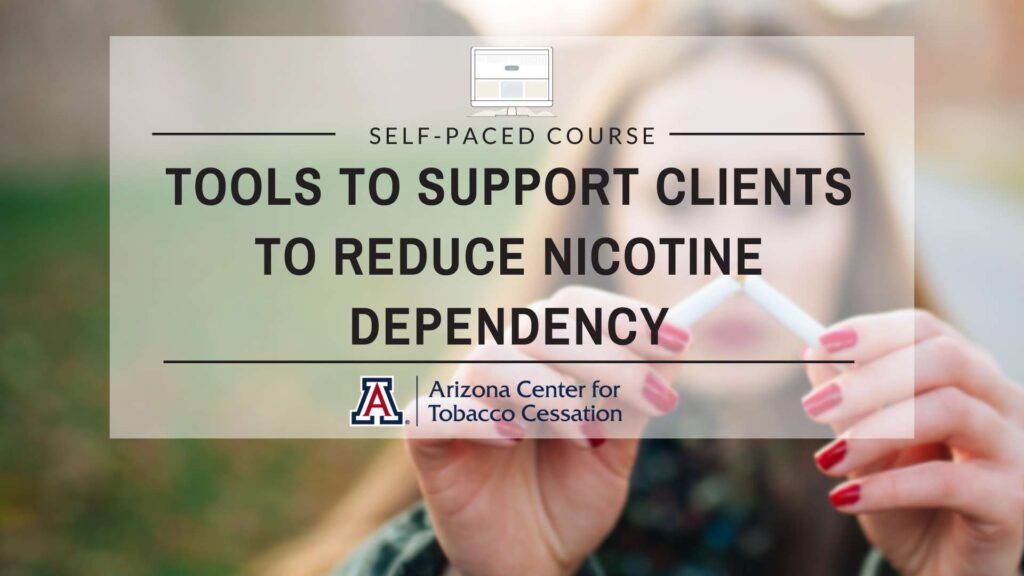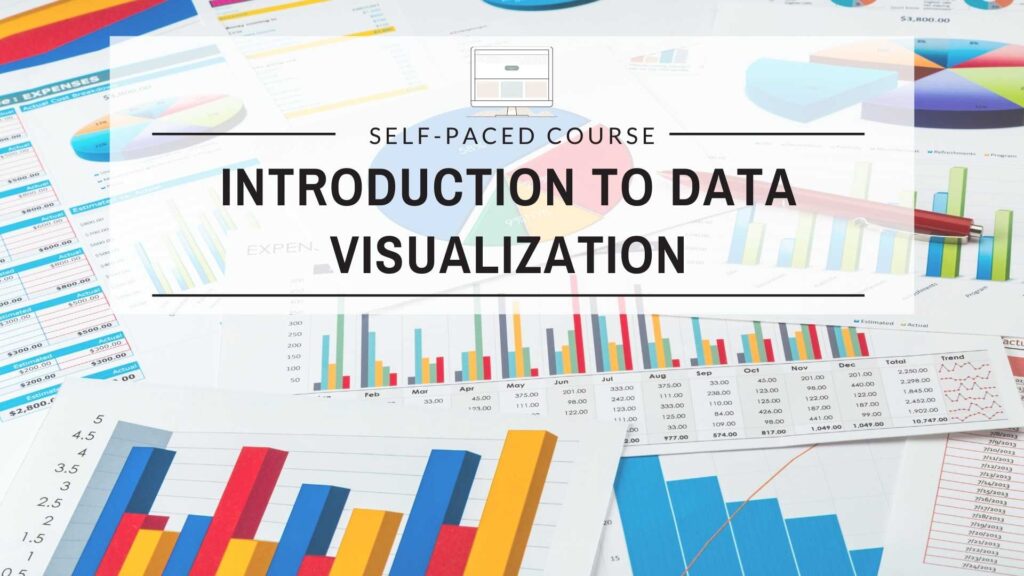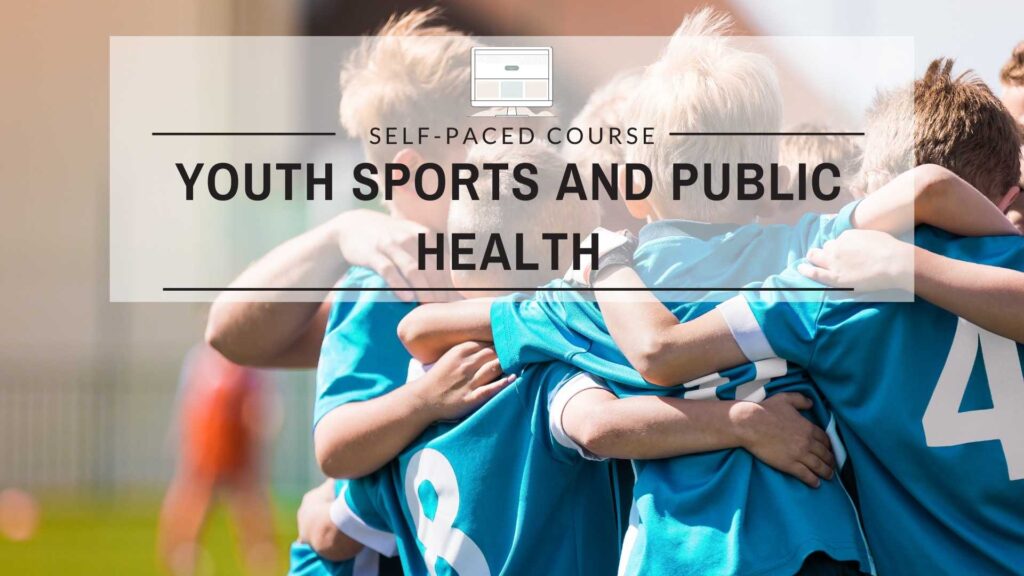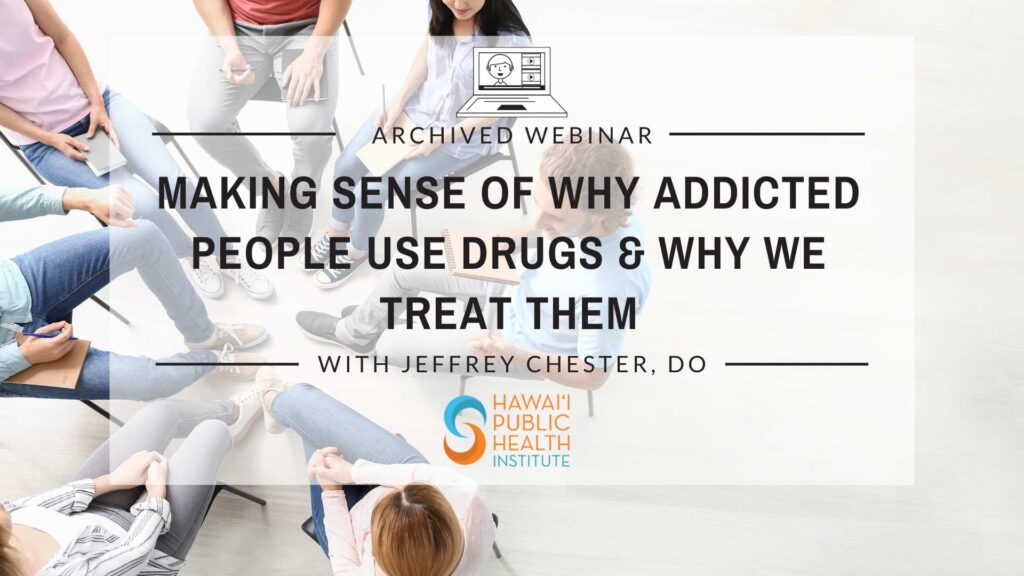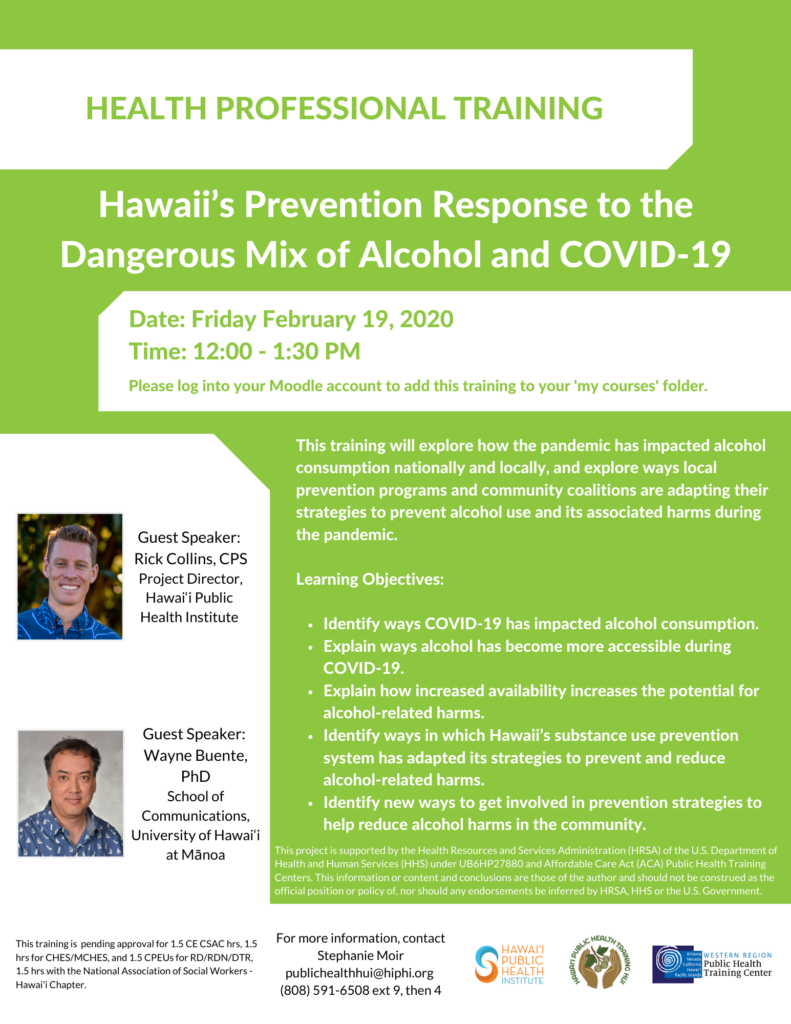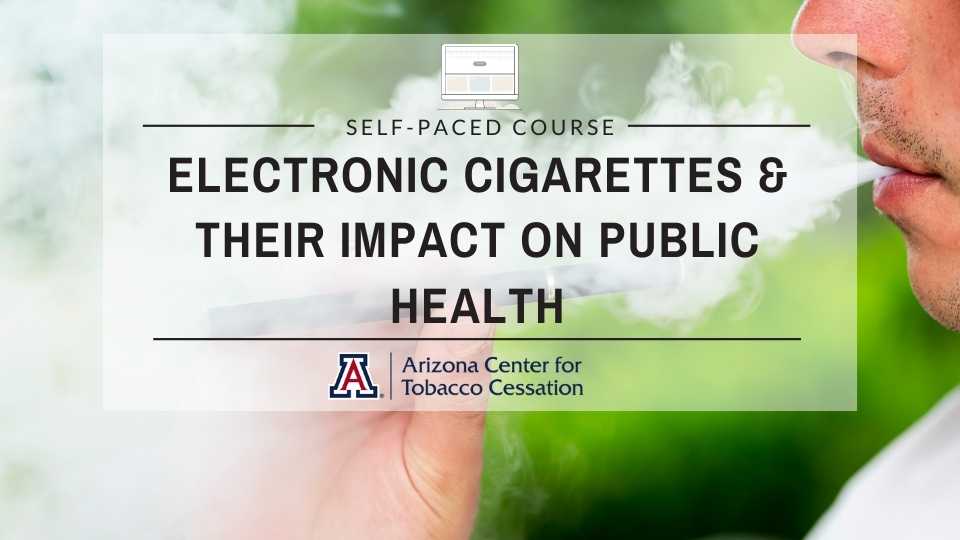Excess weight gain during pregnancy and excess weight retained after pregnancy can contribute to lifelong development of obesity and increasing cycles of obesity and diabetes in mothers and children. This training reviews body mass index (BMI), prevalence of obesity in women, health consequences of excess weight in pregnancy, guidelines for weight management during and after pregnancy, and components of effective community-based postpartum weight loss programs.
Learning Objectives:
- Define overweight and obesity in pregnancy and recommended weight gain guidelines.
- Define overweight and obesity in the postpartum period and safe weight loss recommendations.
- Identify health risks associated with excess weight gain in pregnancy and retaining weight after pregnancy.
- Evaluate components of effective community-based postpartum weight loss programs.
Target Audience: public health professionals including health educators, registered dietitians, nurses, and health program planners.
Duration: 60 minutes
Continuing Education Information: 1.0 Category 1 Credits, 1.0 Continuing Competency Credits
CHES Provider number: 99036Format: Web-based Training, Self-Study
Created/Updated: originally created 6/2017; updated 7/2021
Author(s): Allison Root, DrPH, MS, RDN
Disclosures: The planners, reviewers, and authors have no declared conflicts of interest



